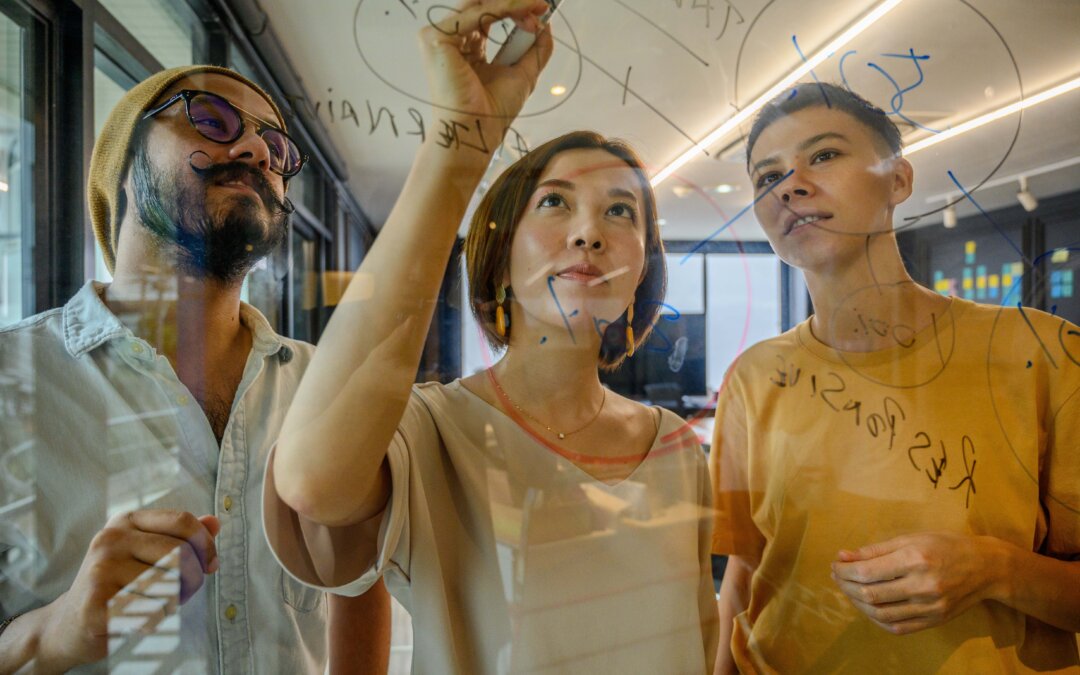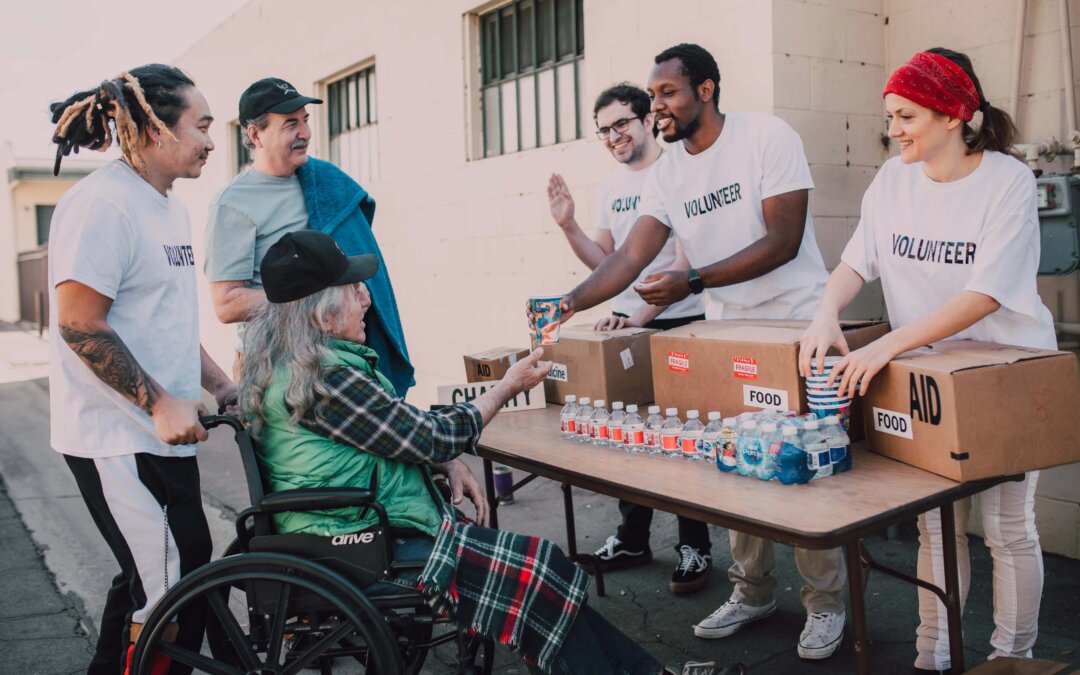
by Victor Jung | May 18, 2025 | Philanthropy, Victor Jung
The Bill and Melinda Gates Foundation is one of the largest private charitable organizations in the world, working to fight poverty, disease, and inequity. Founded in 2000 by Bill Gates and Melinda French Gates, the foundation is based in Seattle, Washington and aims...
by Victor Jung | Feb 25, 2024 | Philanthropy
Overview As we venture into 2024, philanthropy is evolving rapidly, and these 11 emerging Philanthropic trends in 2024 trends promise to create a more impactful and meaningful world. In a world where change is the only constant, it is crucial to stay ahead of the...

by Victor Jung | Jul 5, 2023 | Philanthropy
Essential Skills for Effective Management Not-for-profit organizations are a vital part of society, providing services and support to those in need. Leading these organizations requires a unique set of skills and knowledge. Not-for-profit leadership involves managing...

by Victor Jung | Jul 5, 2023 | Victor Jung
Fundraising Books for Directors Fundraising is an essential aspect of any nonprofit organization. It is the process of soliciting donations from individuals, corporations, or other organizations to support a particular cause. However, fundraising can be a challenging...

by Victor Jung | Jan 29, 2023 | Charity, Philanthropy, Victor Jung
Valentine’s Day is a special time of year when people express their love and affection for one another. But it’s also an opportunity to give back to the community and make a positive impact on the lives of others. One way to do this is by organizing a...





